
General Idea
Population: 1.96 million
Urban Population: 1.29 million
Area: 27, 691 square kilometers
Nationalities: Mongolian, Han, Hui, Manchu, Korean, Dawoer, Zhuang, Elunchu, Ewenke and Tibetan
History: a history of more than 6000 years; a famous thoroughfare in history; a city with rich cultural heritage; a dock for land and water transport service and a place of business importance in the Qing dynasty, mainly on collecting and distributing furs; in 1933, set up as a city
Geography and Climate
Locations: situated between north latitude 4030, - 4200,and east longtitude 10900,- 11030,located in the west of the Inner Mongolia Autonomous Region; bounded by the People,as Republic of Mongolia to the north, the Yellow River to the south; connecting to the Tumochuan Plain in the east, the Hetao Plain in the west; Mt. Daqingshan in the north,
Neighboring Areas: Heilongjiang, Jilin, Liaoning, Hebei, Shanxi, Shaanxi, and Gansu provinces, Ningxia Hui Autonomous Region
Physical Features: divided into three parts: the northern plateau, the central hilly land and the southern plain; the Yinshan Mountain in the central area
Climatic Features: temperate monsoon climate with cool and favorable summers; long and cold winters; average sunshine of 2700 to 3400 hours annually and frost-free period of 60-160 days
History
Baotou is Mongolian for 'place where deer live'. Hence it is called by its other name, The Deer City. It is the largest city which incorporates the largest green area in Inner Mongolia.
The city has a profound history and abundant cultural relics. Human settlers moved there as early as six thousand years ago in the Neolithic Age. During the Warring States Period (476BC-221BC), the Zhao State built the wall in the present suburb of Baotou, which is said by Chinese historians to be the oldest section of the Great Wall. In the contemporary age, the area became a port and a town of great commercial importance for the fur trade, which relied on the waterways of the Yellow River. The railway construction from Beijing expanded to Baotou. However, Baotou is most famous for the discovery of the Baiyun'ebo iron mine in the early Twentieth Century.
Visit the Mongolian yurts, drink a bowl of warm milk tea, and enjoy eating mutton with your hands, which are all indispensable ways to experience the Mongolian customs in Baotou. Saihan Tala Grassland is the only grassland in China that is located in a city center. Some 100 kilometers away in Ordos's desert, the Genghis Khan Mausoleum is also a must for visitors as it is not too far away.
Statue of Genghis Khan
Statue of Genghis Khan
Genghis Khan's Mausoleum, Baotou
Genghis Khan's Mausoleum
If the ancient Great Wall, grassland, desert and the Mongolians created the unique culture of the city, rich mineral resources allowed it to develop as a modern industrial city, reputed now as the 'steel capital on grassland' and the 'capital of rare earth'.
Baotou is located at the foot of the Yinshan Mountains, and on the bank of the Yellow River. The people living in the vast land have made some brilliant achievements. The city has successively won the titles of National Civilized City, Garden City, and National Excellent Tourist City. This leisure capital situated on grassland well displays its charm with its natural resources and cultural assumptions.
- Contact Us
-
Tel:
0086-571-88165708
0086-571-88165512E-mail:
admission@cuecc.com
- About Us
- Who We Are What we do Why CUECC How to Apply
- Address
- Study in China TESOL in China
Hangzhou Jiaoyu Science and Technology Co.LTD.
Copyright 2003-2024, All rights reserved





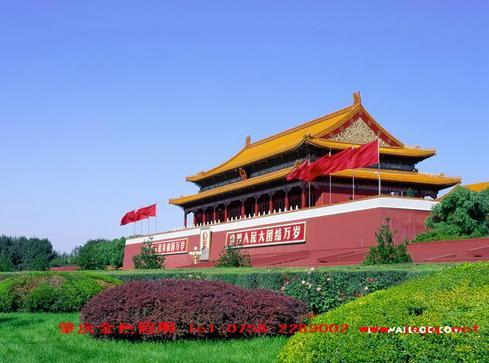
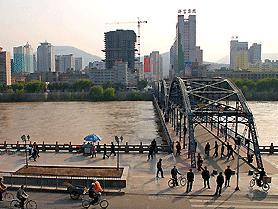
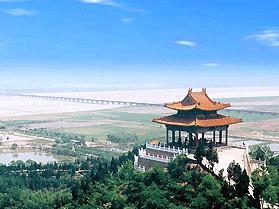
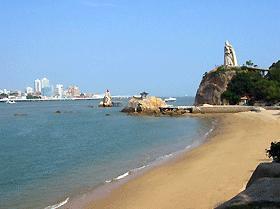
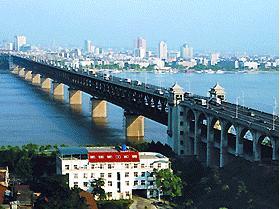
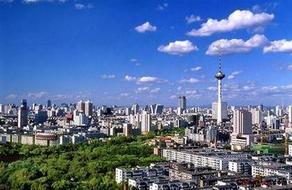
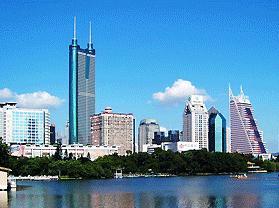

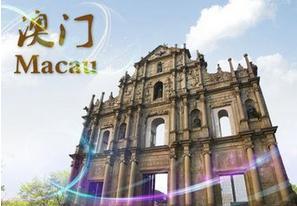

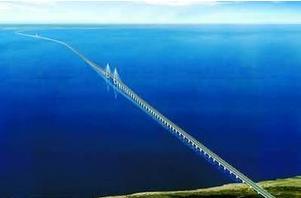

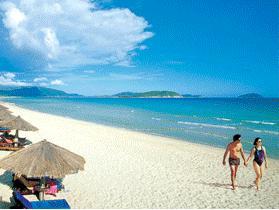
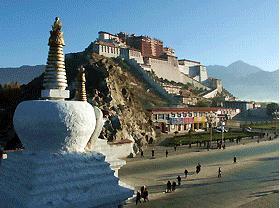
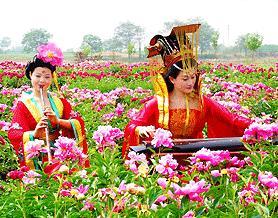
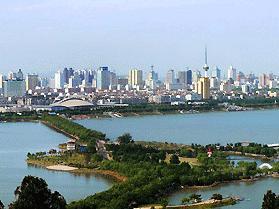
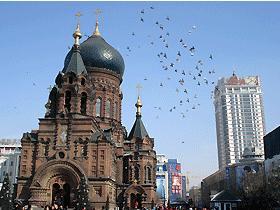
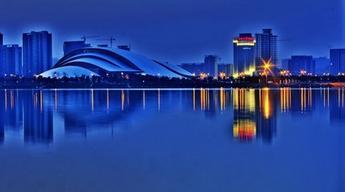
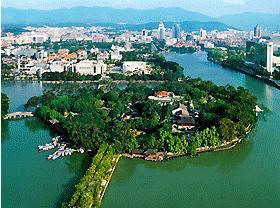
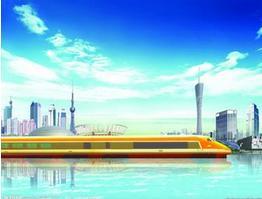
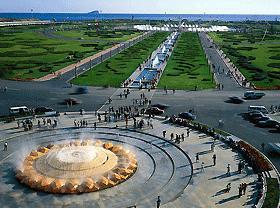
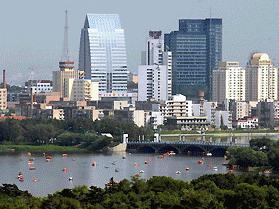
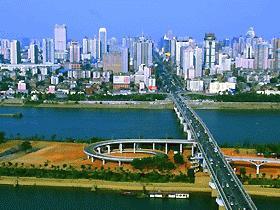
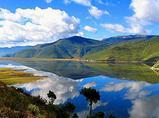
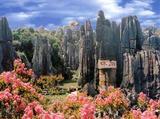


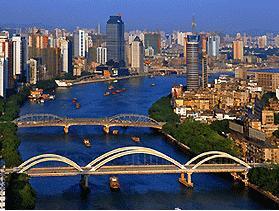
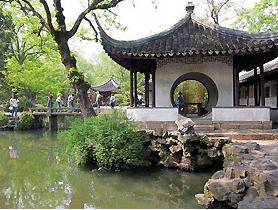
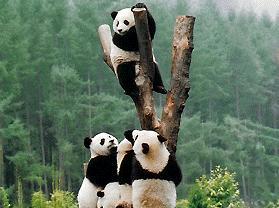
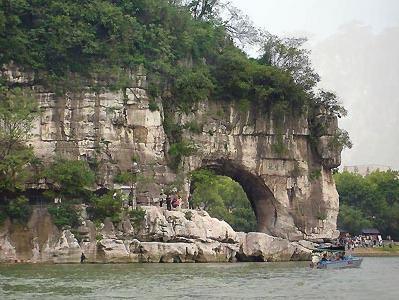

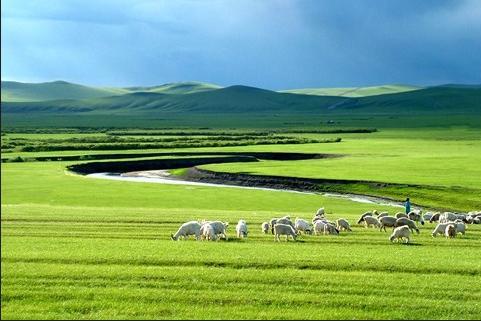

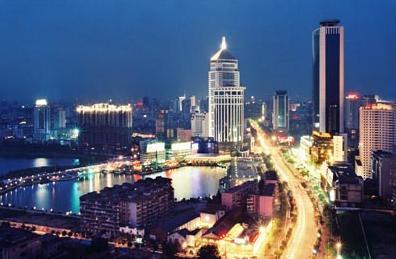
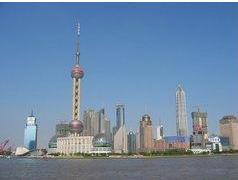


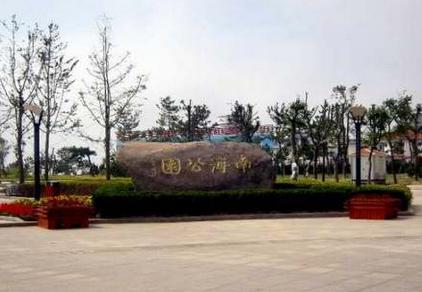
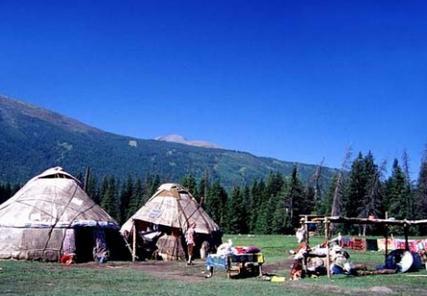
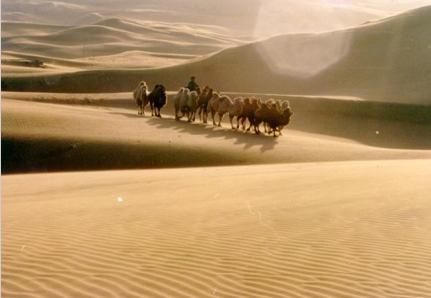
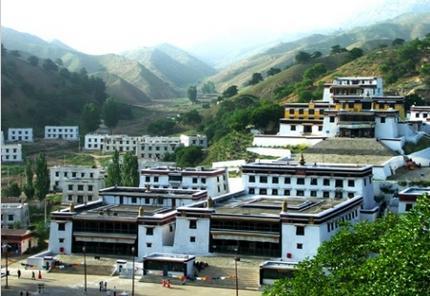


 Chinese
Chinese
 English
English
 Korean
Korean
 Japanese
Japanese
 French
French
 Russian
Russian
 Vietnamese
Vietnamese
